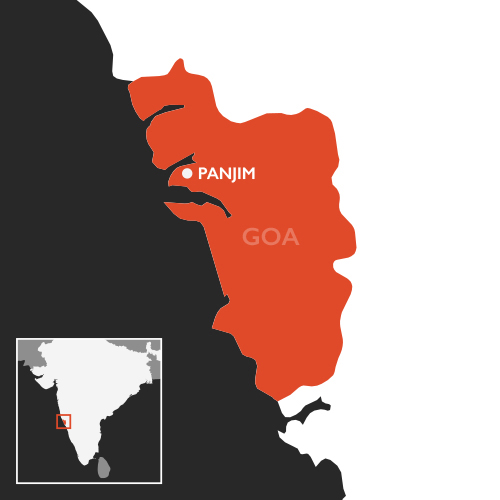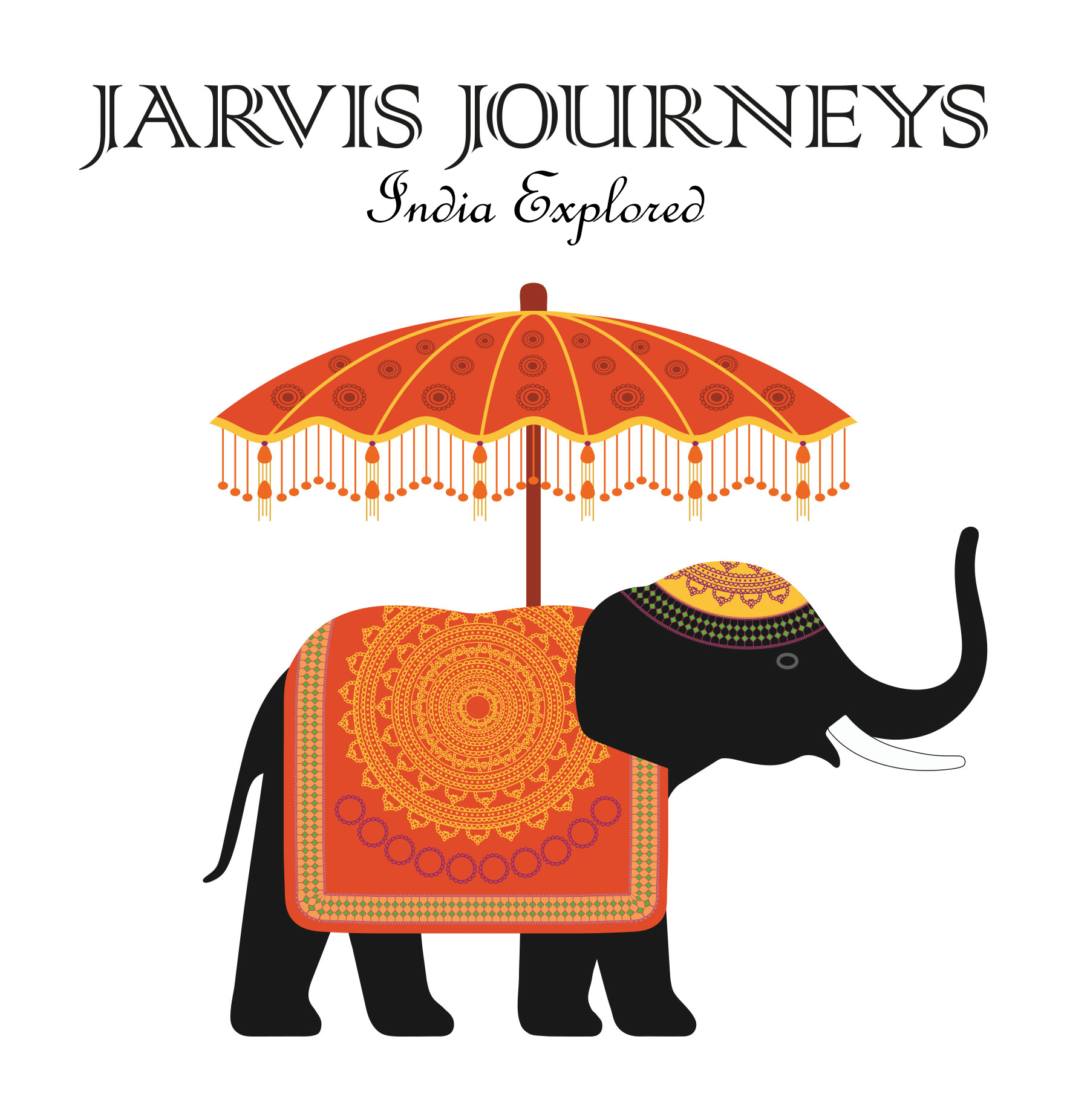
Goa was a former Portuguese colony for 450 years, and is India’s smallest state.
with a unique mix of Indian and Portuguese cultures. The population is mostly a mixture of Hindus and Christians, and Goa is regarded as one of the most peaceful states in India.
Goa’s climate is much more humid than Mumbai, and the best time to visit is from mid November to mid February, although many people enjoy visiting during monsoon time when the place is much quieter, greener and less expensive. The main city is Panaji (previously Panjim) and the state comprises 2 main areas – the north and the south.
The north is much more commercialised and tourist oriented, with crowded beaches, markets and small resorts, whilst the south is less developed and much more peaceful with its quieter beaches and escape from the many resorts of the north coast. Both areas have their charms and given that the state is so small is it very easy to discover most that Goa has to offer.
Panaji is a busy town on the southern banks of the Mandovi river, and boasts a mixture of great Portuguese architecture, and modern development. The Fontainhas neighbourhood is well worth roaming around to feel the Portuguese influence, and have a bit to eat and a coffee on the upstairs open air verandah at the heritage Panjim Inn, where you can also stay.


For places to visit the variety is amazing – Old Goa (Velha Goa) hosts amazing churches maintained through UNESCO, including the Basilica of Bom Jesus which houses the body of St Francis Xavier, Se Cathedral, and the Church of Francis of Assisi. Inland, Ponda has a number of spice farms to visit such as the Sahakari or Tropical Spice plantations, where one can have an open air Goan lunch and tour the farms to learn more about all the spices grown. All over Goa there are a host of amazing colonial Portuguese properties, some still beautifully maintained, but some decaying and abandoned, or mired in family legal wrangles over ownership. If you just turn off the main roads and follow your nose, you will find the loveliest of these houses – in Pilerne Village and Sangolda in the north, and along the winding coastal road south of Bogmalo towards Majorda in the south. Their architecture is stunning and detailed, and evocative of a bygone era.
Historic sites such as Menezes Braganza House in the quiet village of Chandor, and the Palacio de Deao in the village of Quepem, where Celia Vasco da Gama offers lunches (reserve in advance) are a must see, whilst in the north the crazy Mapusa Market on Fridays is well worth a visit to be immersed in local culture. It can be very hot at this market, so always have some water with you, and an umbrella can help to minimise the sun’s heat.
Cafes/Restaurants:
For a bite to eat and an evening drink, the Cantare cafe down a quiet lane in the village of Saligoa (North Goa) is in an old double storey Portuguese home. Climb the staircase to get a seat on the wooden verandah deck – great atmosphere away from the madding crowds in a lovely village.
Right on the beach on the south coast near Majorda, ZeeBop is a massive beach shack serving excellent food all day, and well worth a visit. (you might have to book to get in)
Fisherman’s Wharf – South Goa at Cavelossim overlooking the river and wharf. Great food and a seafaring atmospheric location. North Goa in Panjim, set in a Portuguese mansion in a lane of the tranquil and leafy Campal area of Panjim – the latest in the FW portfolio and well worth the visit for the Portuguese style as well as the food.



